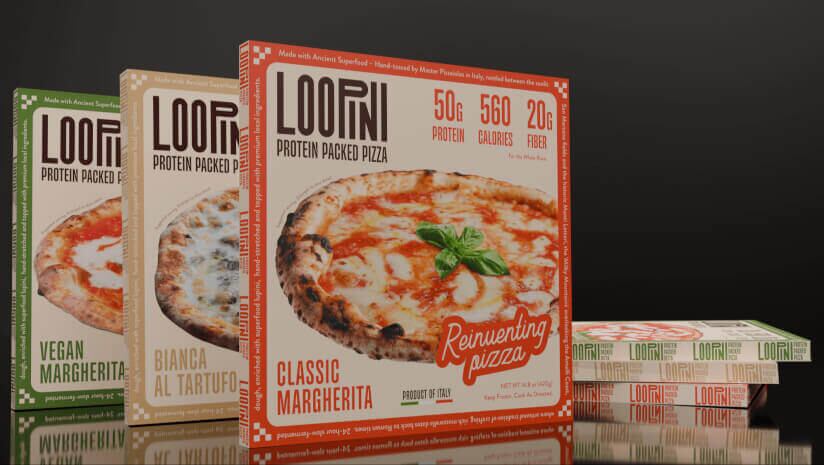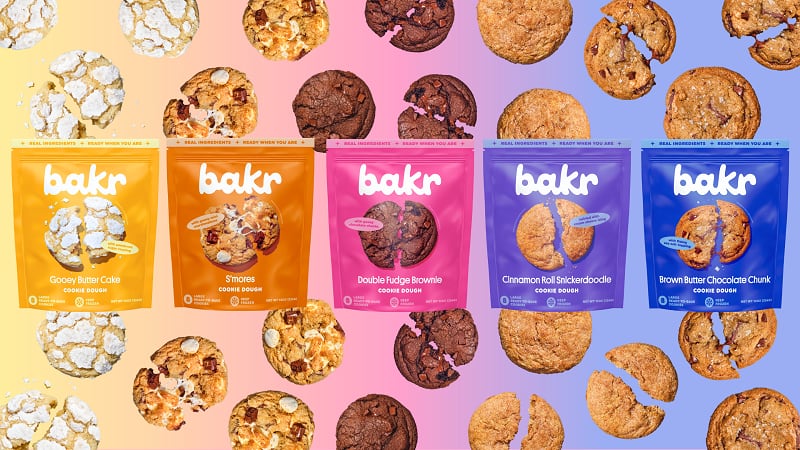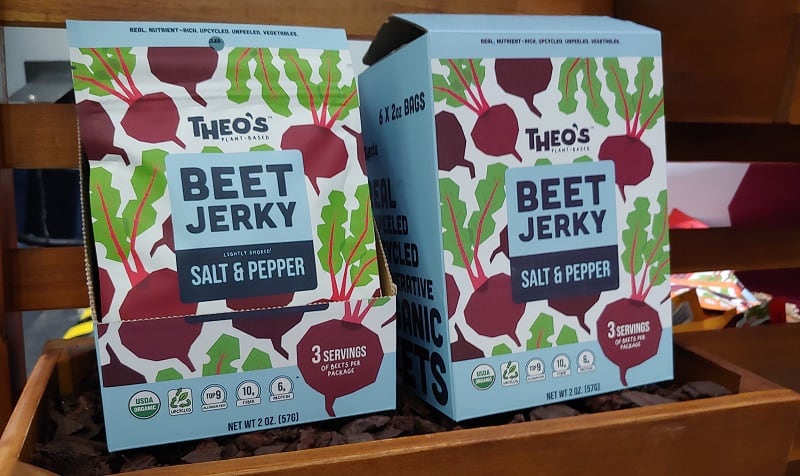Earning consumer loyalty and reoccurring business is foundational to long-term success and profitability, which is why the founder of the better-for-you flavored milk startup Jubilee’s is focusing first on her local market and leveraging digital sales data to plan her expansion strategy.
“I was very inspired by a book called ‘Ramping Your Brand,‘” in which author James Richardson preaches “using your first year as an opportunity to figure out what you need to do to drive recurring customers, because that is really how you become a profitable business. You cannot rely on constantly acquiring new customers – it is going to be too expensive, especially in an industry where the margins already are so thin,” said Ashley Waldman, who founded Jubilee’s Flavored Milk during the pandemic.
She explained the key to driving recurring customers is “to execute locally and regionally, where you can be very close to your product, talk directly to your consumers and use that as a chance to iterate on your packaging, on your formula and your brand statements” before “going out big and national.”
Perfecting product formulation, branding and marketing at the local level on a smaller scale is particularly important for products, like Jubilee’s Flavored Milk, that are novel or trying to break into categories that are saturated or dominated by heritage players.
Unlike most flavored milk that includes upwards of 27 grams of sugar per serving to sweeten its appeal to children, Jubilee’s Chocolate Chip flavored organic whole milk has only 11 grams of total sugar and zero grams of added sugar – a feat made possible by its patent-pending formula that uses fruit and vegetable juices for flavor. The company also offers a Strawberry Shortcake flavor and has plans to launch a Banana Cream Pie flavor later this year.
Leverage digital sales data to map expansion strategically
Even as Waldman tests her products first in local stores, she also is selling online to generate additional revenue and gather digital data to strategically plan her distribution expansion.
She explained that selling online direct-to-consumer or through digital marketplaces, like Amazon, allow companies to gather consumer reviews, which can be mined with AI to identify potential improvements and where consumers live.
Social media also allows her to build brand awareness through storytelling – not just sales pitches – so that when Jubilee’s launches in a brick and mortar store local fans who know about the brand can be activated to support retail partners.
Based on feedback from local retailers and early adopters, Waldman said she already is finetuning her pricing, messaging and merchandising for brick and mortar versus online.
For example, she determined that consumers at brick-and-mortar stores were more comfortable spending $3.49 on a single carton, rather than $34.99 for a 12-pack. However, selling single-serve beverages online is too expensive, which is why Waldman said she created a three-carton mix-pack to sell online, which improves her unit economics while still feeling accessible to shoppers.
“That is a perfect example of what I was talking about – about learning first before you go big,” Waldman said, adding that she now plans to create a larger multi-pack for brick-and-mortar stores.
She also adjusted her marketing messaging based on consumer feedback online and in-store.
“The big statement I make all the time is it is an easy nutrition for picky eaters. When I am promoting on social media and in my ads, I can put that really big and prominently everywhere. Whereas I do not have that on my packaging,” and instead include it on temporary display units in the store, she said.
By following this playbook, Waldman said she expects to secure a 20% reoccurring customer rate by next year and 30% by the following year. Her long-term goal is a 40% recurring rate, which she says she know “sounds really high,” but which she thinks is feasible by “iterating and making sure that we are addressing all of the pain points that our potential customers would face.”



